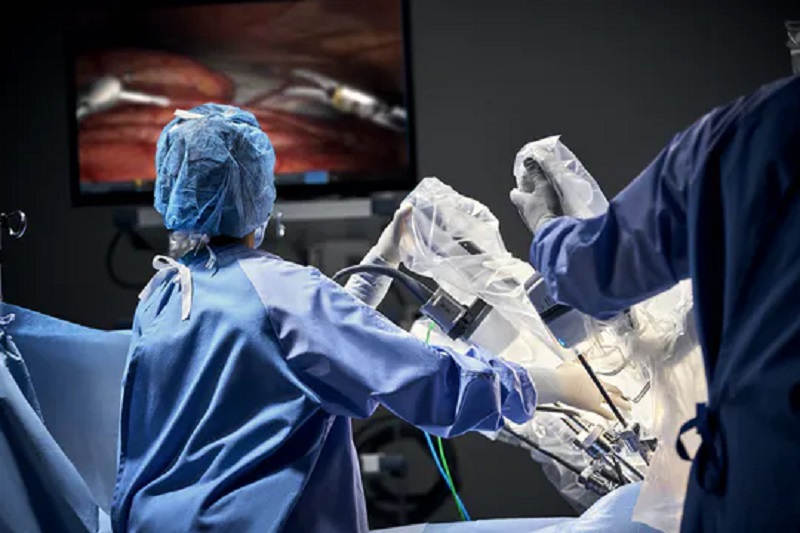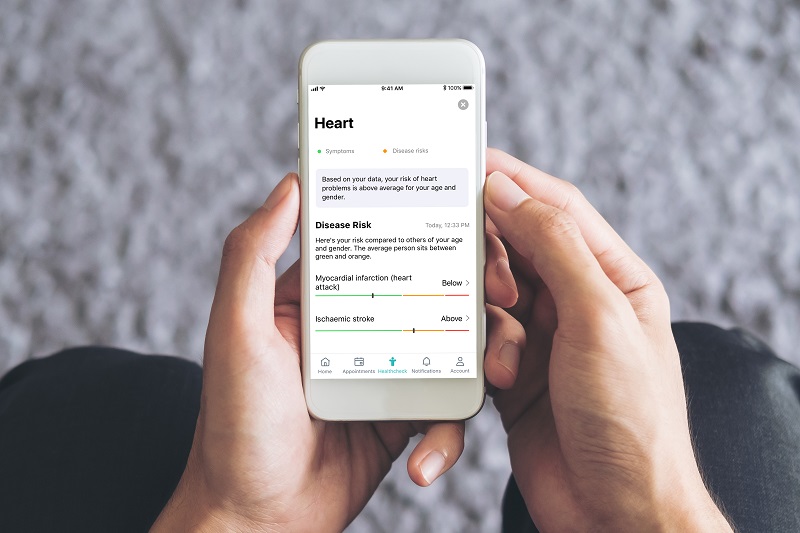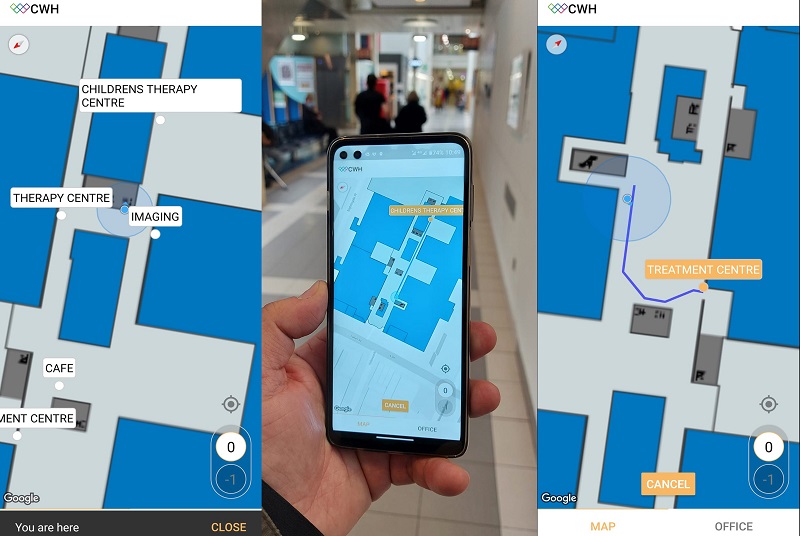Hospitals have been changing, although many patients may not yet have notice quite how much.
And, with the help of technology, much more change is coming.
Patient wellbeing is influenced by the quality of service and by the design of our medical facilities.
Modern hospitals are being built with the aim of creating the most-comfortable conditions for patients.
For this, experts look at all aspects; the view out of the windows, the colour of walls, and the convenient IT navigation around, and inside, the hospital complex.
This all contributes to patients losing the feeling of being in ‘illness territory’, and the NHS has embraced technology like never before. <’p>
However, the future does not just happen on its own; the present needs to have a vision of what the future might be. And, within the health sector, there is currently an impressive amount of vision.
The NHS is using technologies to reimagine what is possible in its hospitals, both in the design of facilities and the improvement of the patient experience
Here are some technologies that are shaping our future hospitals:
Robotics
Surgical robots are machines that execute surgical tasks, but they are not autonomous.
A (human) surgeon performs the surgery using robotic instruments that they guide via a console.
Although tiny wristed instruments move like a human hand, they have a much-greater range of motion.
And the small size of the instruments means surgeons can operate through one, or a few, small incisions, helping with complicated operations by allowing greater precision and flexibility than traditional techniques.
Globally, da Vinci surgical systems is the most-widely-used system in this field.

the da Vinci surgical system is the most-widely-used surgical robot in the world
3D printing
Additive manufacturing is where a digital file is used to create physical objects by adding multiple layers – it is more commonly called 3D printing.
Since the early 1980s more than a dozen methods or technologies have evolved, with examples of 3D printing in medicine, actual and potential, including: customised implants and prosthetics; organ and tissue manufacturing; personalised medical equipment; and anatomical models for education and surgical planning.
California-based Organovo is one of the leaders in the research and development of 3D bioprinting and has a goal of 3D printing patches made of human tissue for defunct organs and entire organs for transplantation.
Artificial intelligence
Healthcare use of artificial intelligence (AI) is expected to grow rapidly.
Examples of ways that AI could reduce and/or mitigate risk include: helping to detect high-risk patients by identifying those in need of medical intervention and triggering alerts to medical staff; and helping to deliver personalised recommended dosages by factoring in the unique body chemistry and associated environmental factors associated with individual patients.
Global positioning systems (GPS) are part of everyday life and we are used to reliable digital navigation outdoors, so it’s an obvious next step to take this navigation indoors
The UK’s Babylon Health has a patient-centered remote consultation service that, through deep learning, can provide users with personalised insights to help them to better understand their health.

Babylon Health uses AI to help patients better understand their health
Nanomedicine
Nanomedicine applies the tools of nanotechnology to the treatment and prevention of illness.
It involves the use of nanoscale materials for the delivery of therapeutics (including vaccines), biomarker discovery, bioimaging, and for the treatment of neurodegenerative diseases.
There are a number of start-ups around the world with interesting projects, including Israel’s Vecoy Nanomedicines looking to treat viral infections by administering novel nano-scale virus-traps that capture and destroy viruses.

Buzzstreets' wayfinding technology is being used by hospitals to improve the patient experience and reduce the number of times staff are asked to give directions
Wayfinding
Wayfinding is an important step forward in making hospitals become more patient-oriented.
It also saves the hospital time and money.
More than 85% of patients ask for directions when they go to a hospital or other public health facility, and 30% of first-time visitors get lost, according to research by Deloitte Digital.
Wayfinding enables patients and other visitors to navigate from outside the hospital all the way to the specific location they need, whether that is a bed on a ward, a consulting room, the café, or the pharmacy.
This saves staff time; as many times a day doctors and nurses are stopped, and therefore delayed, by visitors asking for directions; and often patients are late for appointments as they are lost within the hospital.
Indoor wayfinding solves both these problems.
The future does not just happen on its own; the present needs to have a vision of what the future might be. And, within the health sector, there is currently an impressive amount of vision
Global positioning systems (GPS) are part of everyday life and we are used to reliable digital navigation outdoors, so it’s an obvious next step to take this navigation indoors.
For example, BuzzStreets technology helps people navigate easier through a hospital, as well as giving them a more-independent experience.
The navigation app can personlise the route, so if you want to avoid the stairs it will show you how. It can also choose the fastest, or least busy, route for you, plus it can highlight interesting features along the way, for example, it can tell you more about the art you pass.
Indoor wayfinding in general has a direct and positive contribution to the experience of patients, visitors and staff.
And the BuzzStreets system can be found in a few pioneering hospitals, including London’s Chelsea and Westminster Hospital.
The NHS is using technologies like these to reimagine what is possible in its hospitals, both in the design of facilities and the improvement of the patient experience.




